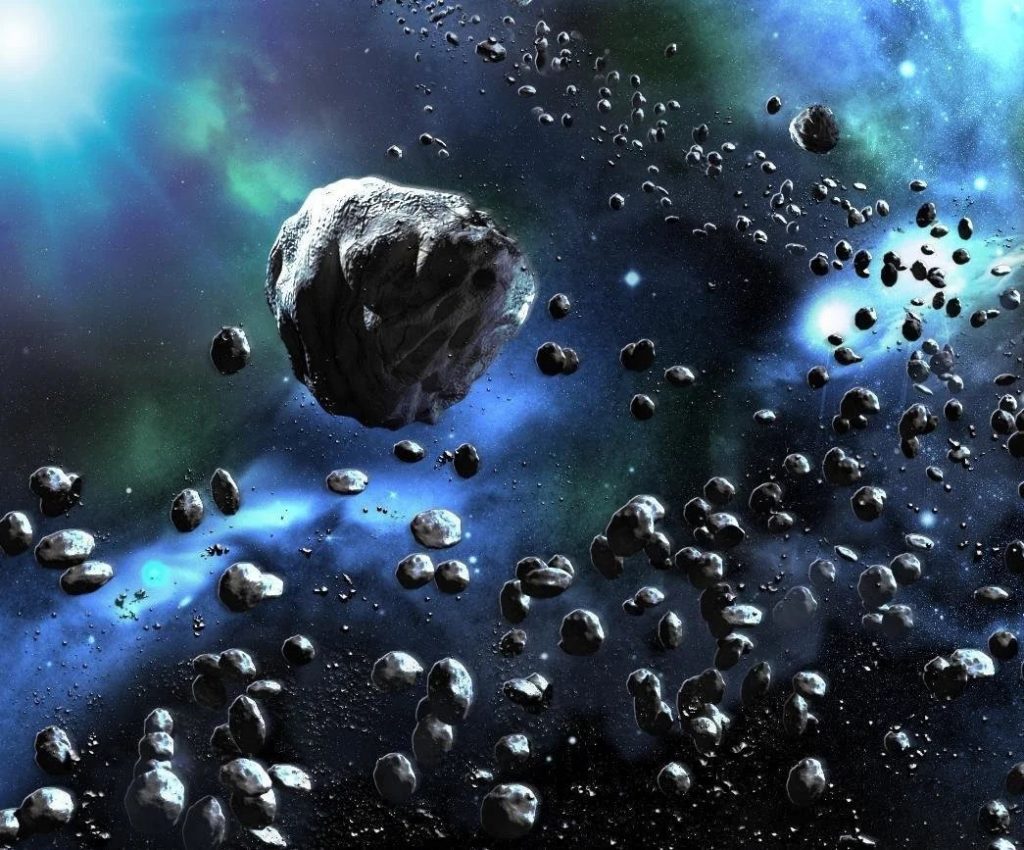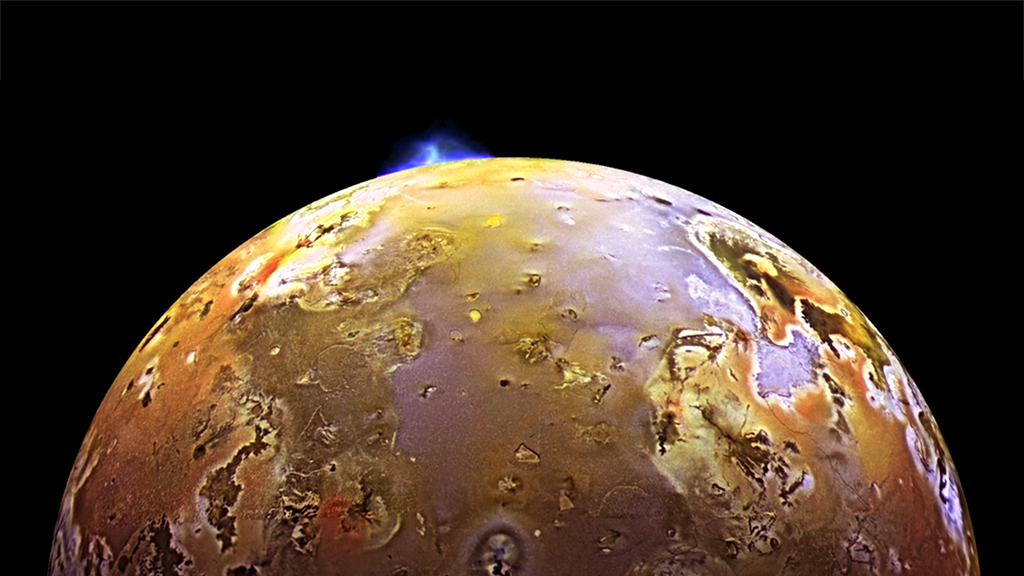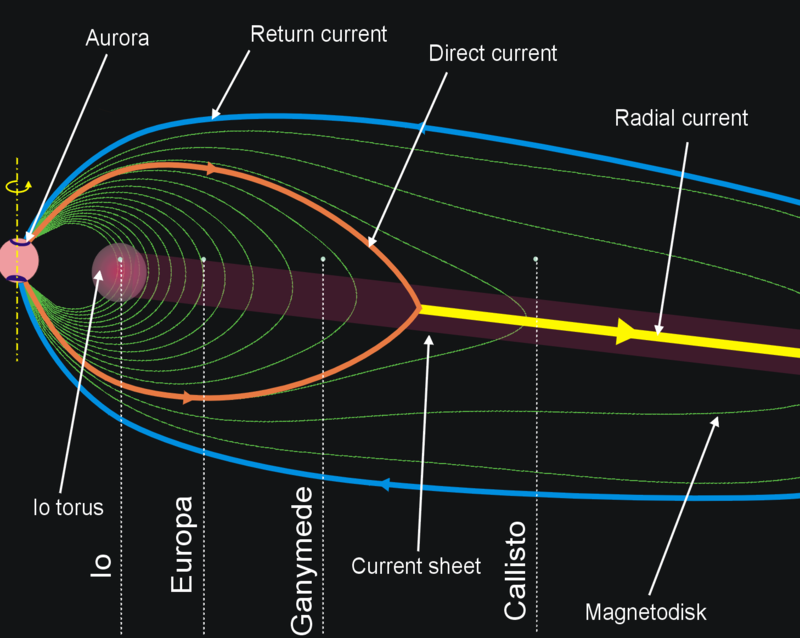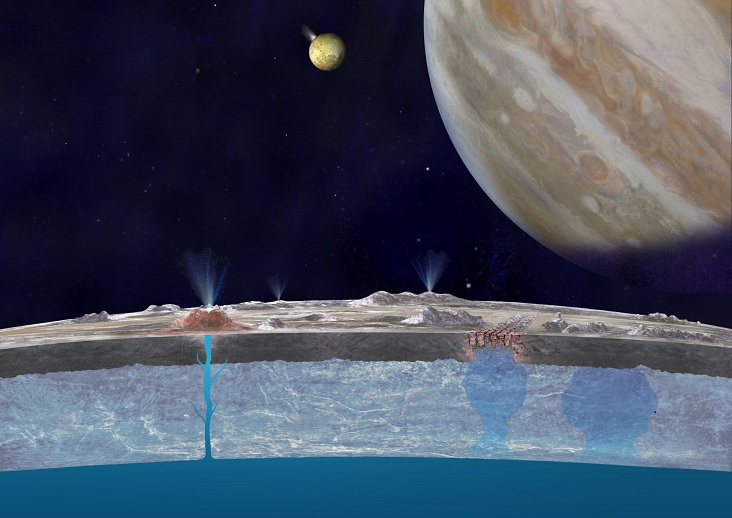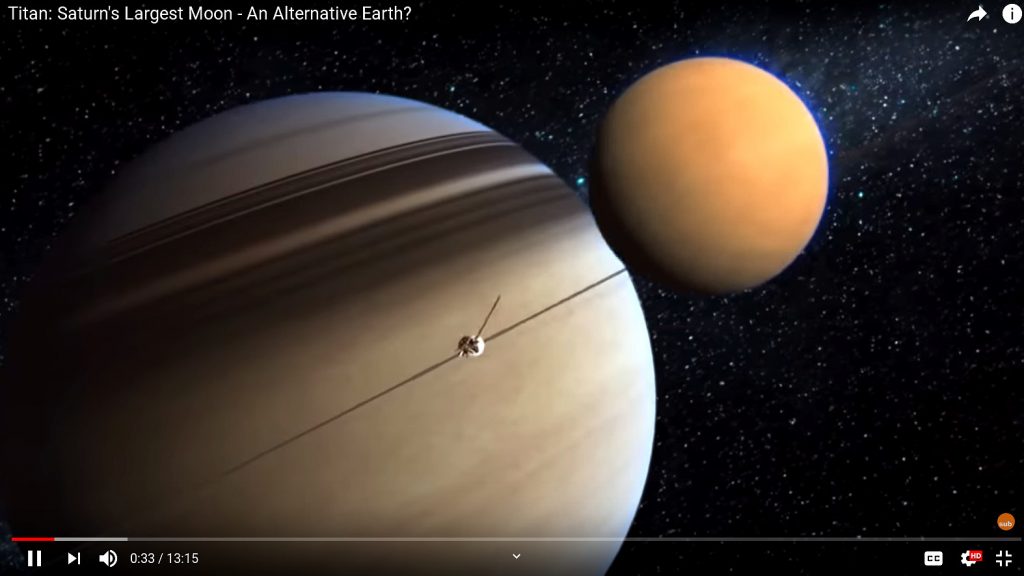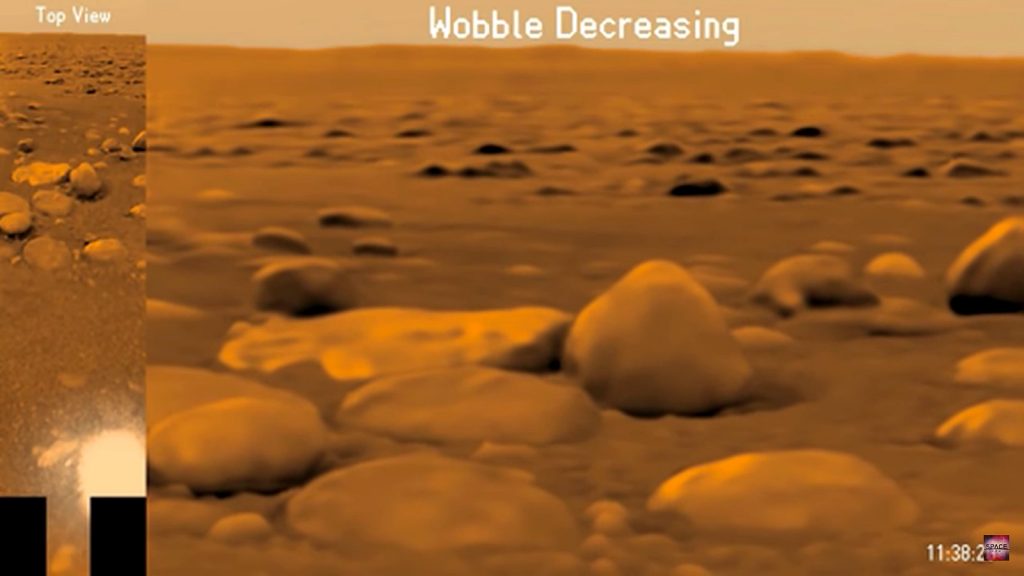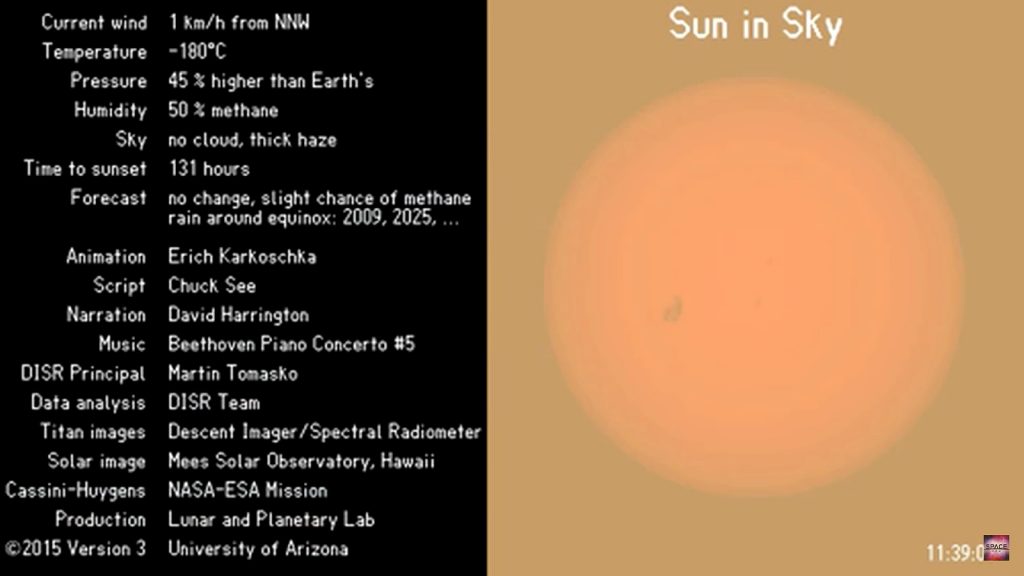important factors:
- shielding radiation: it is very important for long term survival of humans on any planet or in space to properly shield against radiation
- a thick atmosphere preferably with oxygen
- a magnetic field (artificial or by-iron-planet-core)
- to long-term colonize Mars an artificial magnetic field generator would need to be placed at an Lagrange point

- actually there are other approaches and hope they will become more practical over time and hope that the combination of space agencies and governments come together and are willing to build it…
new approach: Did you know that it “only” takes a 3400km cable around Mars to establish a artificial protective magnetic field around Mars, that would make Mars’ atmosphere thicken over time, without it, every new CO2 molecule would be blasted away by solar winds (and lost).
Space itself?
Actually in the game “Space Engineers” some players actually prefer to settle in space and mine asteroids…
Some even claim that Asteroid mining will produce the first Trillionare… (Wiki: Asteroid Mining)
“Luxembourg is investing $27.6 million (25 million euros) in privately owned Planetary Resources, an asteroid mining startup also backed by Google co-founder Larry Page, the company said on Tuesday.” (src: Reuters)
“This list nicely confirms my idea. Do what peoples say – colonize the space… The Space. Not a planet. Work more on developing easy to build and maintain centrifugal space stations and ships. Much more manageable. Can adjust the environment perfectly. Can live almost anywhere in space, as long as it is not too close to Jupiter, Sun etc. And can live in the orbits of any potential planets for future colonization and work on terraforming before landing on them.” (src: Comment section of https://www.youtube.com/watch?v=CIf6VJH4dZk)
First of: ColonizationTech-TestLab: the Moon
imho the Moon (because it is so close) could be a good starting point to test colonization-technologies, basically like a lab to test out:
- how to produce breathable oxygen and drinkable water from soil or atmosphere (ok moon has none)
- solar energy is plentiful available
… yes of course one could also simply use the Atacama (or any other) desert on Earth.
possible other candidates:
- Ganymede
- Ceres
- Phobos
- Deimos
that Jupiter has 53 named moons and another 26 awaiting official names. Combined, scientists now think Jupiter has 79 (!) moons.
There are many interesting moons orbiting the planet, but the ones of most scientific interest are the first four moons discovered beyond Earth—the Galilean satellites. More › (src: NASA) (still a lot of mysteries to be discovered)
a little show stopper: Jupiter has a massive magnetic field, which should be a good thing right?
this guy says it is bad: (not an expert on the topic can’t confirm)
Titan?
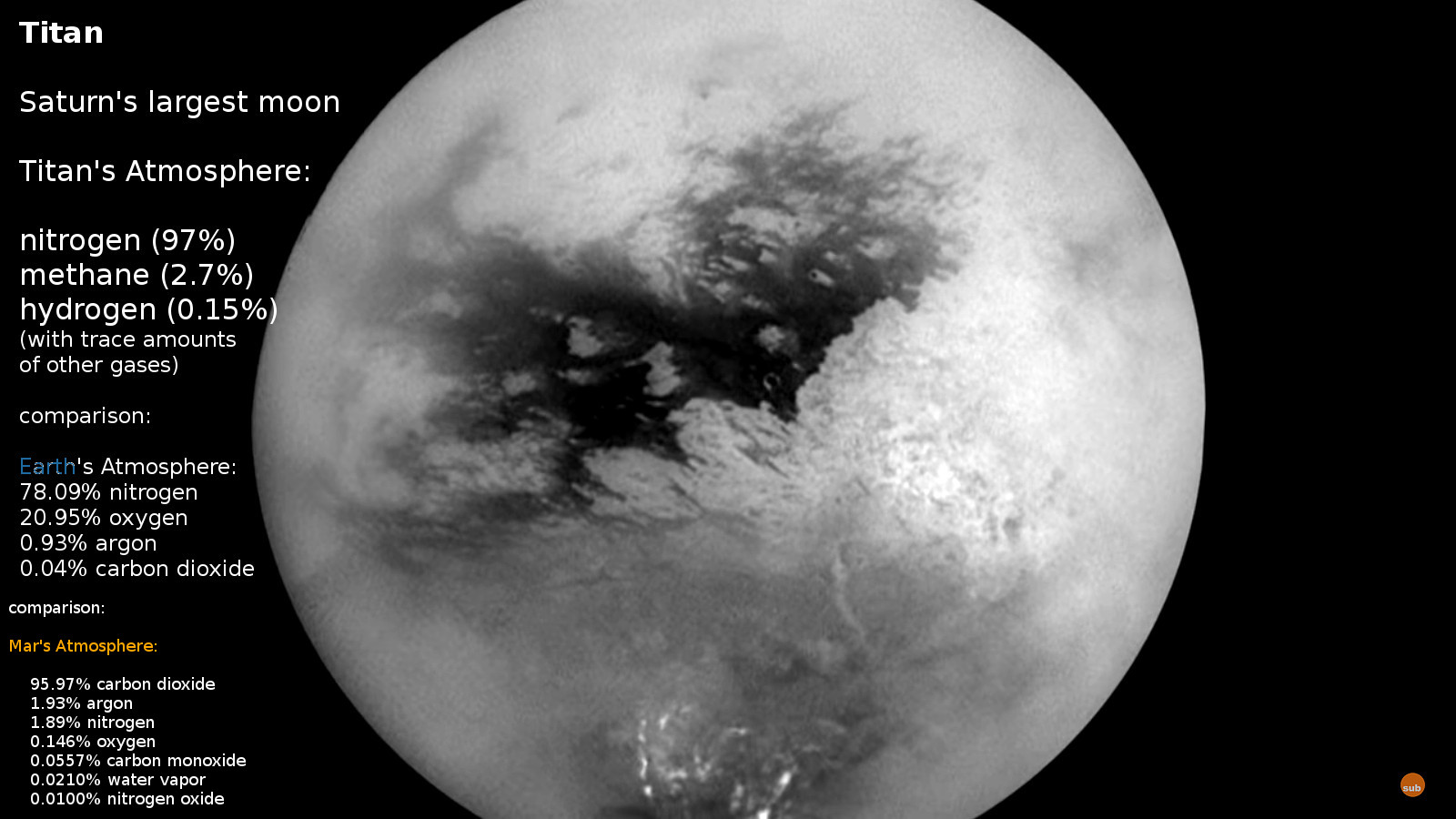
Titan vs Earth vs Mars comparison atmosphere (all values taken from Wikipedia (if wrong blame them) https://en.wikipedia.org/wiki/Mars https://en.wikipedia.org/wiki/Titan_(moon) https://en.wikipedia.org/wiki/Atmosphere_of_Earth
Should we go to Titan instead of Mars?
Man likes to colonize – ask the British – they know best – but also the Spanish, the French, the Americans and even the Germans know – so where should we colonize next? Pro: this time – no native species is expected to claim the land and conflict with the “the pioneers” “the newcomers” “the settlers”.
According to this documentary – Titan looks like a fuel station (has a lot of natural Gas (Methane, CH4) in liquid and solid (frozen) form)
So the challenge is: where to get the oxygen from?
Thin Atmosphere allows Radiation to enter: a solvable problem?
It could be possible that Astronauts and Cosmonauts “dig themselves in” on the Mars surface and/or have water tanks surrounding and shielding them from radiation while growing plants…
“Moon and Mars look like comparatively reasonable destinations, they also have a deal-breaking problem: Neither is protected by a magnetosphere or atmosphere.
Galactic Cosmic Rays, the energetic particles from distant supernovae, bombard the surfaces of the Moon and Mars, and people can’t live long-term under the assault of GCRs.” (src: getpocket.com)
Pictures of Titan:
my question also would be: is there still enough water on Mars to terraform into oceans and lakes?
“Solar wind and radiation is responsible for the disappearance of the Martian atmosphere and the transformation of Mars from a planet that could support life billions of years ago, in a cold desolate world. This was confirmed by the new results of the mission NASA’s “MAVEN” led by the University of Colorado at boulder (USA).” (auto translated from: in-space.ru)
“the erosion of Mars’ atmosphere increases significantly during solar storms” (John Grunsfeld, astronaut and awssociate administrator for the NASA Science Mission Directorate in Washington, src: https://mars.nasa.gov)
videos:
https://youtu.be/jiD-NMq0pRE
liked this article?
- only together we can create a truly free world
- plz support dwaves to keep it up & running!
- (yes the info on the internet is (mostly) free but beer is still not free (still have to work on that))
- really really hate advertisement
- contribute: whenever a solution was found, blog about it for others to find!
- talk about, recommend & link to this blog and articles
- thanks to all who contribute!


